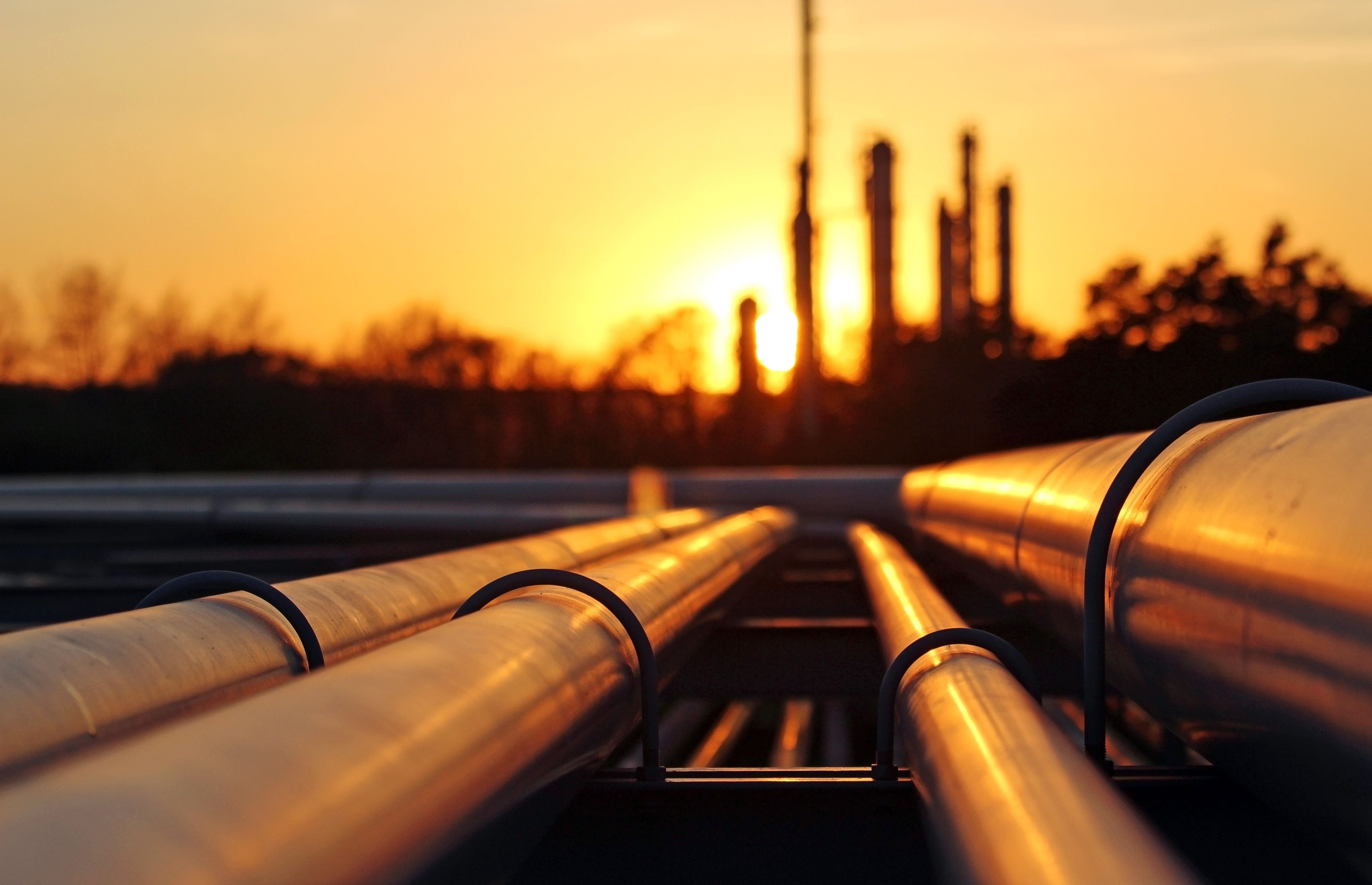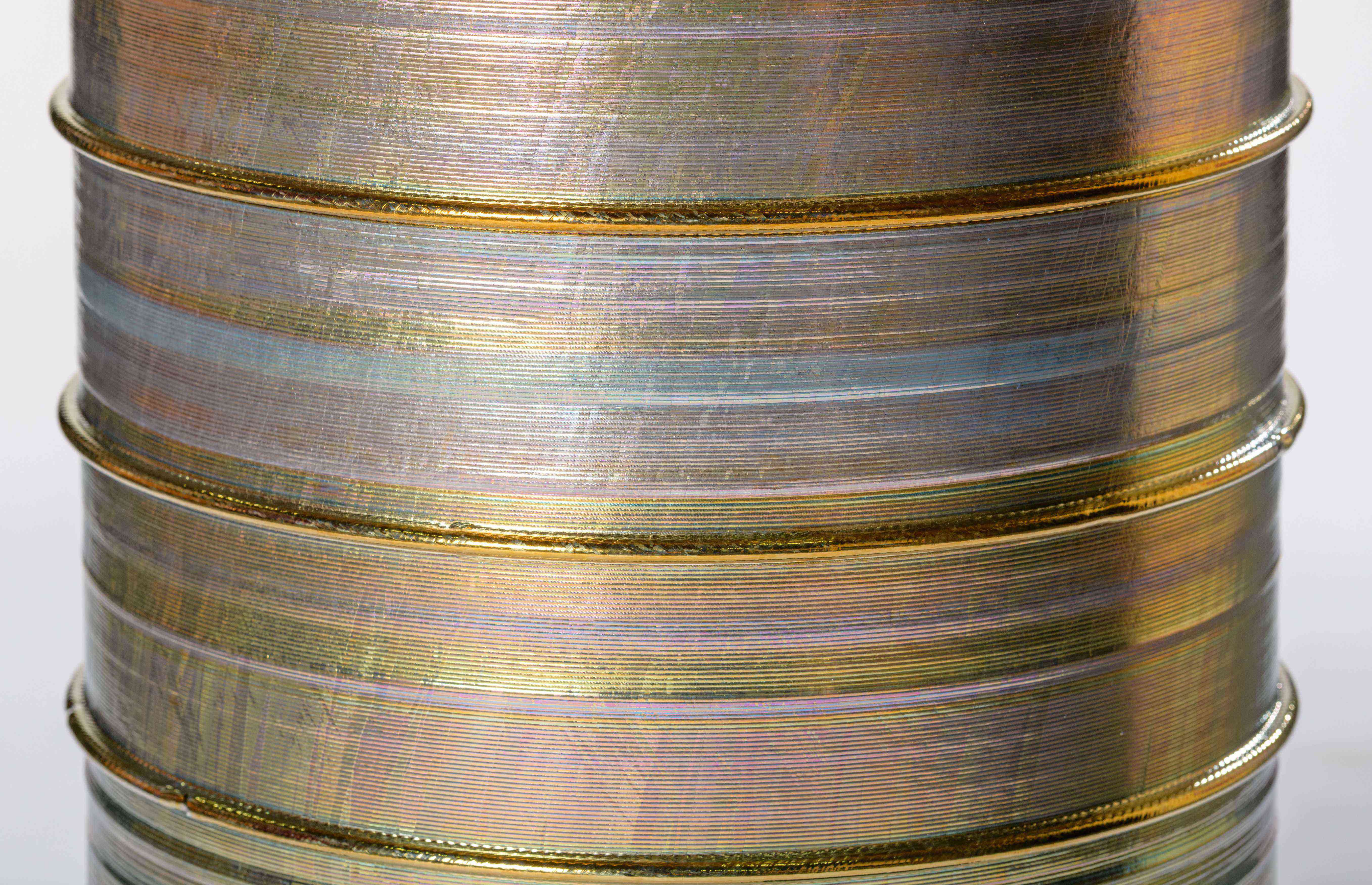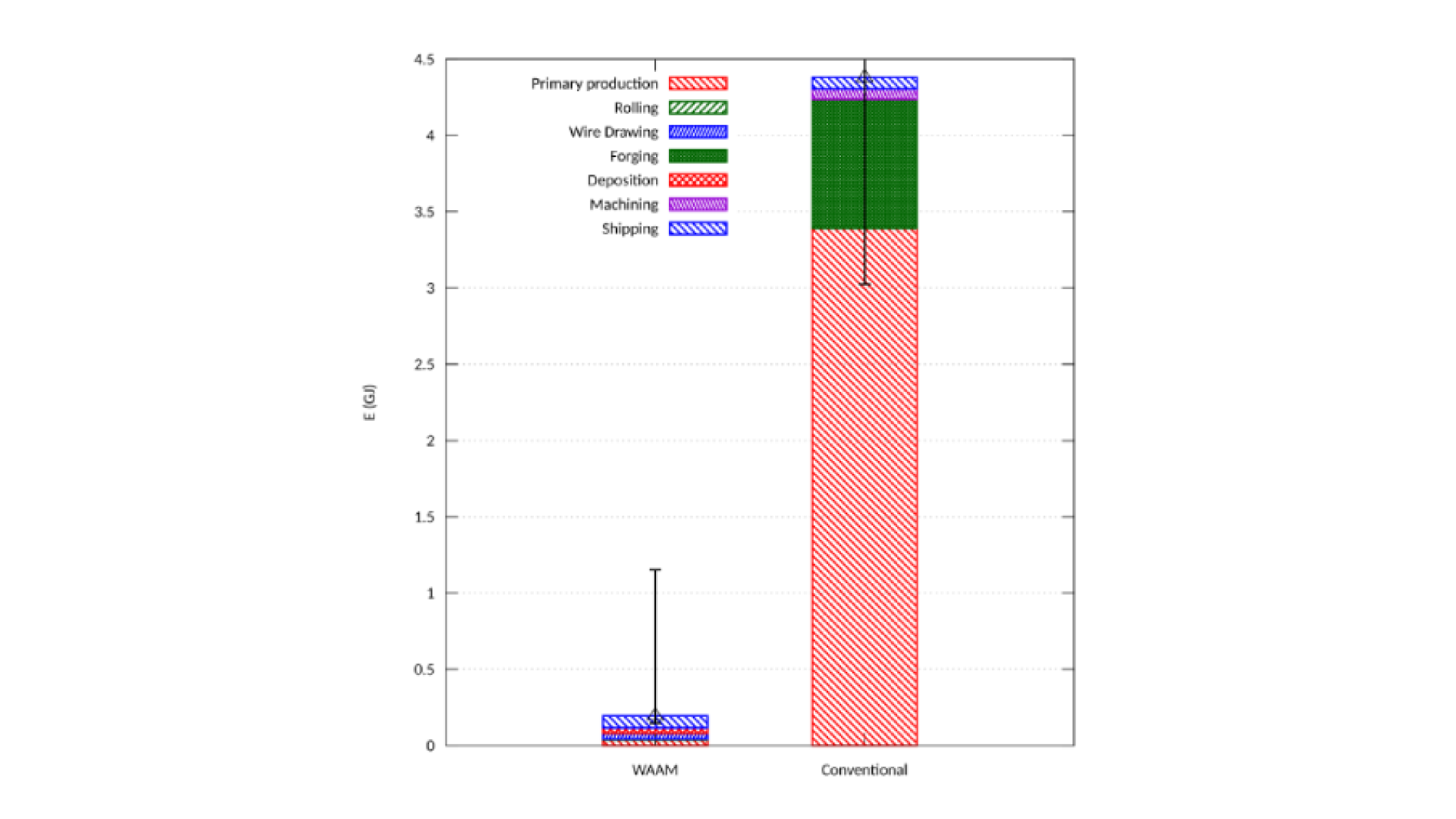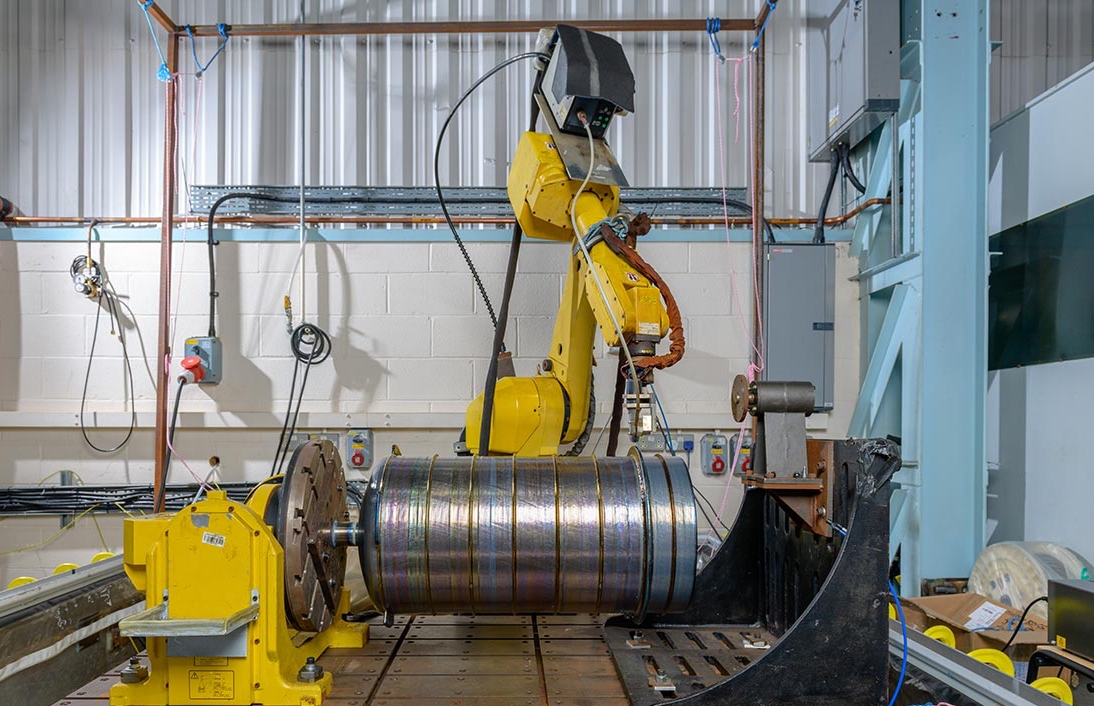Why WAAM is a Hot Topic for Oil and Gas Operators

‘Volatile’ is one word that could be used to describe the oil and gas industry over recent years. Providers are future-gazing whilst trying to balance current production requirements, and managing the increasing demands being placed on the industry for affordable, secure, and clean energy solutions.
For many operators, ageing assets, maintenance backlogs and cost restrictions are an ever present challenge. Analysis of planned maintenance downtime at major LNG facilities in North America carried out by global energy research analysts, Wood Mackenziei showed that at the Corpus Christi facility alone, it was estimated that all three liquification trains would need to be taken offline for maintenance in 2023. This equals a loss of 12 to 16 billion cubic feet of feed gas over the course of the outage.
The burden for unplanned maintenance can be significantly greater. It is no wonder therefore that the Wire Arc Additive Manufacturing (WAAM®) for larger engineering components is increasing in popularity with oil and gas providers, as they look to increase efficiency and minimise losses as cost efficiently as possible. Here are the technical and economic reasons for using WAAM for creating new components or repairing existing ones:
Technical fit of WAAM:
- Size - It allows the printing of less complex, medium-to-large scale components such as flanges, valve bodies, ring type joint interfaces and mechanical seals. To date the largest component from WAAM3D is 6m x 1m
- Material – It can use a range of materials (including titanium, aluminium, refractory metals, steel, bronze and copper to Invar®, Inconel® and magnesium).
- Quality – It can combine multi-material parts, or produce superior strengths by using WAAM3D’s patented in-process cold-work solutions to improve the properties of the final component.
Economic fit of WAAM:
- Complexity – It simplifies supply chains and replaces long lead-time processes, such as forging and casting. In fact, the time for a large forging is cut from over a year to a matter of weeks for the entire process.
- Cost – It saves in energy consumption, tooling, and raw material costs. WAAM is seen as a cost-effective AM approach for component fabricationii and can deliver cost savings of up to 70% compared to machining from solid. Also manufacturing waste is significantly reduced, compared to machining from solid. Using WAAM, the buy-to-fly (BTF) ratio is reduced to <2.
- Value Add – It enables better schedule management for challenging projects and overcomes minimum order quantity issues, as one off components can be produced. It also helps reduce spare parts storage and resolves availability issues for older components.
Although it looks like the oil and gas sector will continue to be in a state of significant transition over the coming years, with the addition of processes such as WAAM, operators now have a way to bring a new level of control to the replacement and repair of their essential medium-to-large-scale components.
If you have a project that our Team can help with, get in touch.





